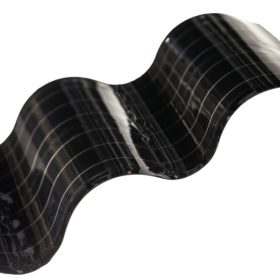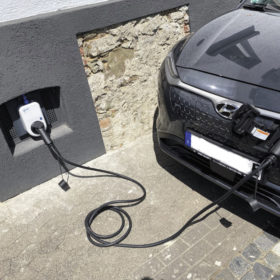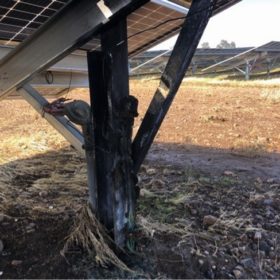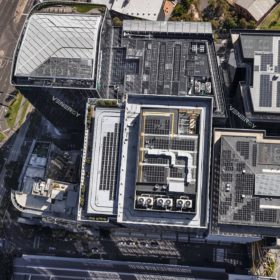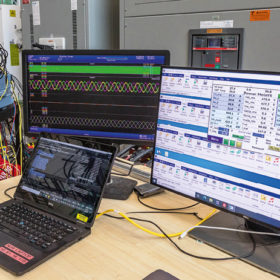Indium: sustainability, not supply
The supply of indium, both for layers in silicon solar cells and some thin-film PV technologies, is increasingly seen as a future potential bottleneck that solar and other industries relying on the material will have to manage. Resolving indium supply concerns may be a case of rethinking mining waste and recycling, reports Ian Morse.
Charging with solar at home
Using the electrons generated on your roof to power your car may be an idea that appeals to many homeowners. However, it is not yet a given among EV chargers available in Germany. And it may not make financial sense, according to the market overview carried out by pv magazine Deutschland.
The pieces that make China’s PV puzzle
Last year was a disappointing period for China’s PV industry, as high module prices restrained domestic demand and the ongoing pandemic continued to cause upheaval. This year looks more promising, even though the pieces of China’s PV puzzle have yet to fall into place. But sorting through them allows for a better understanding of the world’s largest PV market, reports Vincent Shaw, pv magazine’s China correspondent.
PV connector myths and a call to action
Solar connectors are easily overlooked when PV systems operate as expected. But when they fail, they can cause fires that jeopardize safety and property. SunPower’s recent $30 million PV connector replacement announcement is only the latest entry in a long list of connector safety issues. And while some events are well-documented, many remain confidential. Todd Karin of testing experts PVEL, and David Penalva of technical advisory Heliovolta, recently teamed up to create a guide to protect PV plants from connector failure, and shared some of their key points with pv magazine.
Sky-scraping solar
As people have gradually migrated to the world’s cities, urban areas have migrated upward to scrape the sky. And yet, while one of the first principles of power generation is to generate as close as possible to the point of consumption, energy systems have long been designed to deliver electricity to major cities from distant hubs. But now, thanks to recent advances in solar panel energy density and building-integrated PV, vertical cities could soon be standing tall under their own power.
Data for circular solar
The increasing number of PV modules coming to end of life and being discarded is looming as a challenge to the industry. Researchers from the Bern University of Applied Sciences (BFH) are tackling the issue with data – developing a prototype of an asset database to facilitate reuse and recycling activities. Roger Nyffenegger, Ässia Boukhatmi, and Stefan Grösser report on how the project could pave the way for a mind shift towards a data-based circular PV industry.
Green future for the Rainbow Nation
South Africa’s energy landscape is at a pivotal point. Productive policies are finally starting to fall into place, driving rapid growth in the solar industry. pv magazine recently sat down with Chris Ahlfeldt, the owner and founder of Blue Horizon Energy Consulting Services, to find out more.
Tricky to move
As sales of Li-ion batteries accelerate, both governments and the largest battery manufacturers are beginning to grapple with the question of whether local manufacturing facilities are desirable or even necessary. Although this appears to buck the trend of technological development over the last few decades, there are a number of technical as well as geopolitical reasons that make this a major issue for all Li-ion battery manufacturing stakeholders. Everoze partner Jamie Shaw-Stewart explores some of these issues.
Real barriers to virtual power plants
The technology is available for virtual power plants to be rolled out across the United States, argues Jigar Shah, the director of the Department of Energy’s Loan Programs Office. Their implementation would result in a cascade of benefits, including extending the adoption of distributed energy resources like rooftop PV and lowering electricity costs for consumers.
From cost constraint to maximizing production
PV asset management is getting increasingly sophisticated, says Daniel Lui, the head of commercial performance for Wood Mackenzie Power and Renewables Energy Transition Group. Labor-market constraints are squeezing service providers and expectations for O&M are increasing in what is emerging as a period of maturation in how solar assets are handled post-construction.
